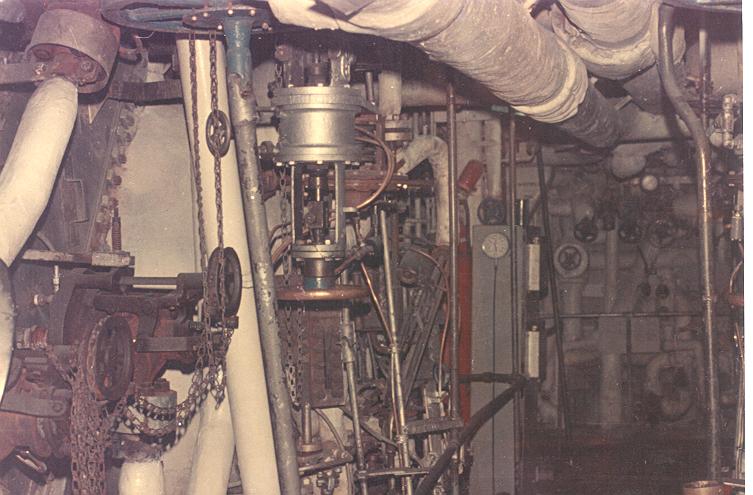 | Bravo 1 - Forward Fire Room - early 70's. Courtsey BT3 Greg "Bo" Bohmert. | 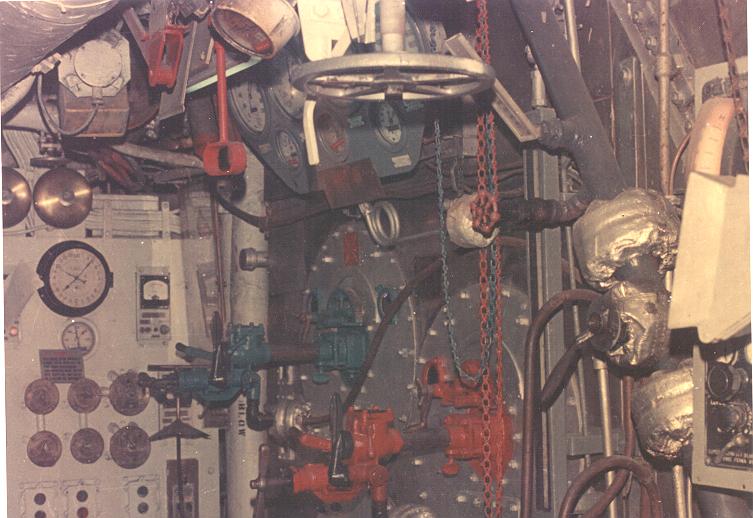 | Bravo 1 - Forward Fire Room - early 70's. Courtsey BT3 Greg "Bo" Bohmert. |
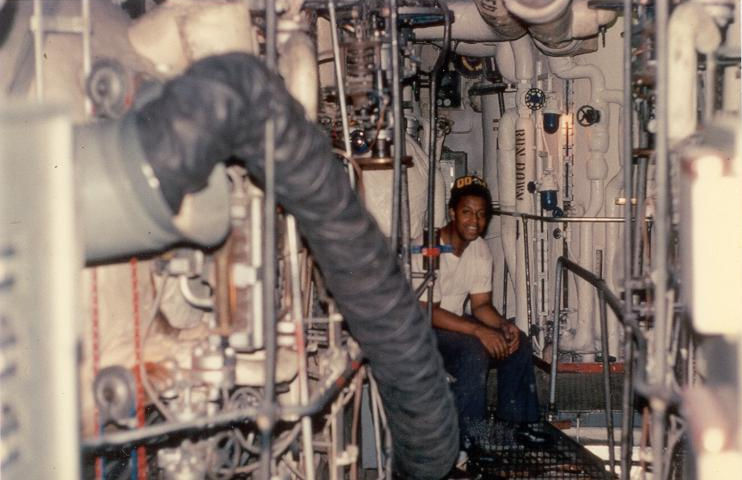 | Bravo 1 - Forward Fire Room - early 70's. Unknown shipmate. Courtsey BT3 Greg "Bo" Bohmert. | 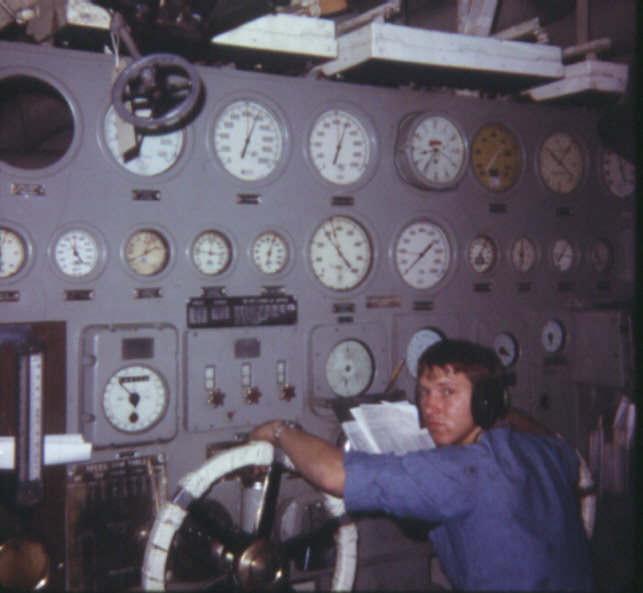 | Terry "TR" Daniels @ the Main Control Throttles - 1971-2 Carribean Cruise. Courtsey MM3 Dale Schultz. |
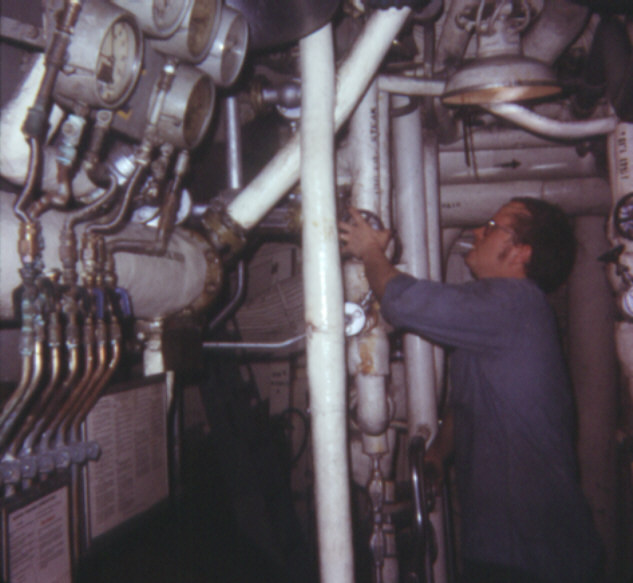 | Lower Level Main Control 1971-2 Carribean Cruise. MM2 Merlyn Gaddis is hard at it! Courtsey MM3 Dale Schultz. | 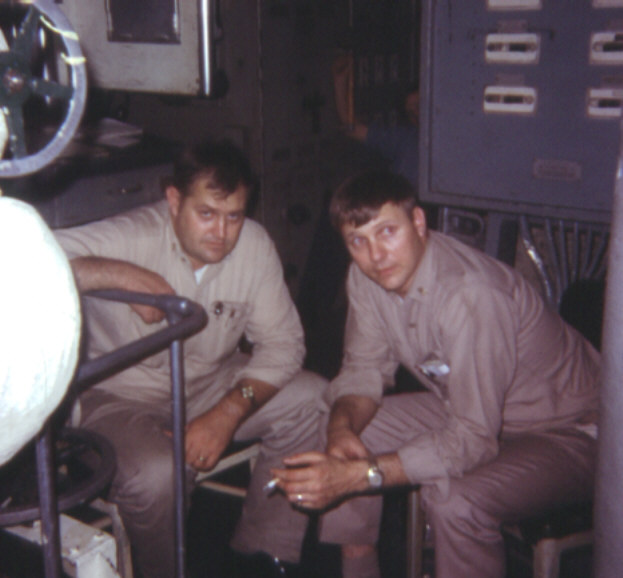 | MMC Akers & BTC Bobby Richards - a couple of the 'good guys' (1971-2 Carribean Cruise). Courtsey MM3 Dale Schultz. |